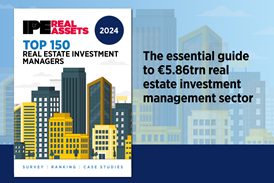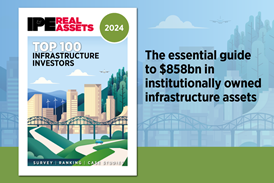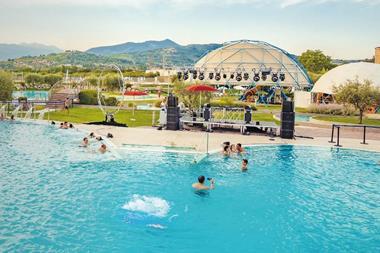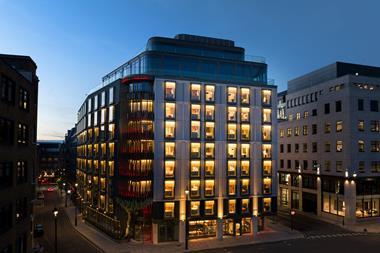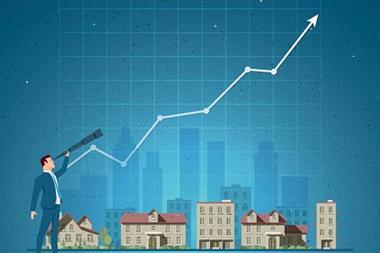The mist of uncertainty that has hovered over the first months of 2016 is about to dissipate and transaction volumes in Europe will rise, driven by the ‘wall of money’ that will continue to flow from foreign investors, delegates heard at the PropertyEU European Outlook Investment briefing in Hamburg this week.
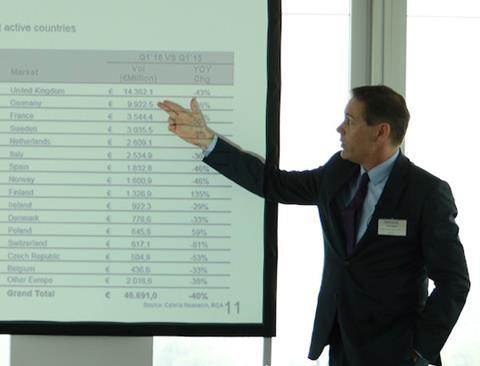
'I am optimistic on transaction activity and volumes in the second half of the year,' said Thomas Beyerle, managing director of Catella Property Valuation. 'There is still a lot of interest in an asset class that continues to deliver.'
Beyerle made the comment ahead of the outcome of the UK referendum on whether to stay in the EU or leave.
Uncertainty about the outcome has already had an impact on investment volumes, not just in the UK but throughout Europe. According to RCA, transaction volume fell by 40% in the first quarter of the year across the board, with domestic, continental and global investors all showing a similar drop in activity. The quarterly total of €12.5 bn of capital coming into Europe is the lowest since 2013.
'After a very strong 2015, it is evident that a combination of political, economic and financial risks are weighing heavily on market participants,' said Beyerle. 'On the positive side, cross-border capital flows still represent over 50% of transaction volumes and prices have held up well. The expectation is that low interest rates will continue and that there will be high amounts of available capital for real estate investments for the rest of the year.'
UK and Germany continue to dominate
The 'usual suspects' will continue to dominate the property scene: when looking at countries the UK and Germany are attracting the most investments, while looking at sectors, offices and retail are the most sought-after assets for both domestic and international investors. In the second half of the year 'European office markets will have increasing prime rents and declining vacancy rates,' Beyerle said.
The available capital has grown from €505 bn of 2015 to €700 bn this year, while European transaction volumes are predicted to increase from €285 bn last year to between €290 bn and €320 bn in 2016.
'Prices are higher than fundamentals would allow but that is not a cause for concern,' said Beyerle. 'I do not see strange portfolios, but only risk-adjusted, core, conservative portfolios and healthy diversification plays. The picture is stable and that is a huge improvement.'
The weight of capital coming into European real estate is a positive because it drives prices high and is creating a more dynamic, transparent and global market, said Philip la Pierre, head of Investment Management Europe at Union Investment RE.
'The negative aspect, he added, is that this capital 'is not driven by an understanding of real estate and its fundamentals, but purely by the need to seek an alternative to fixed income and the low returns it currently offers.'
The result, he said, is a crowded and competitive market with very little stock that is steeply priced.
